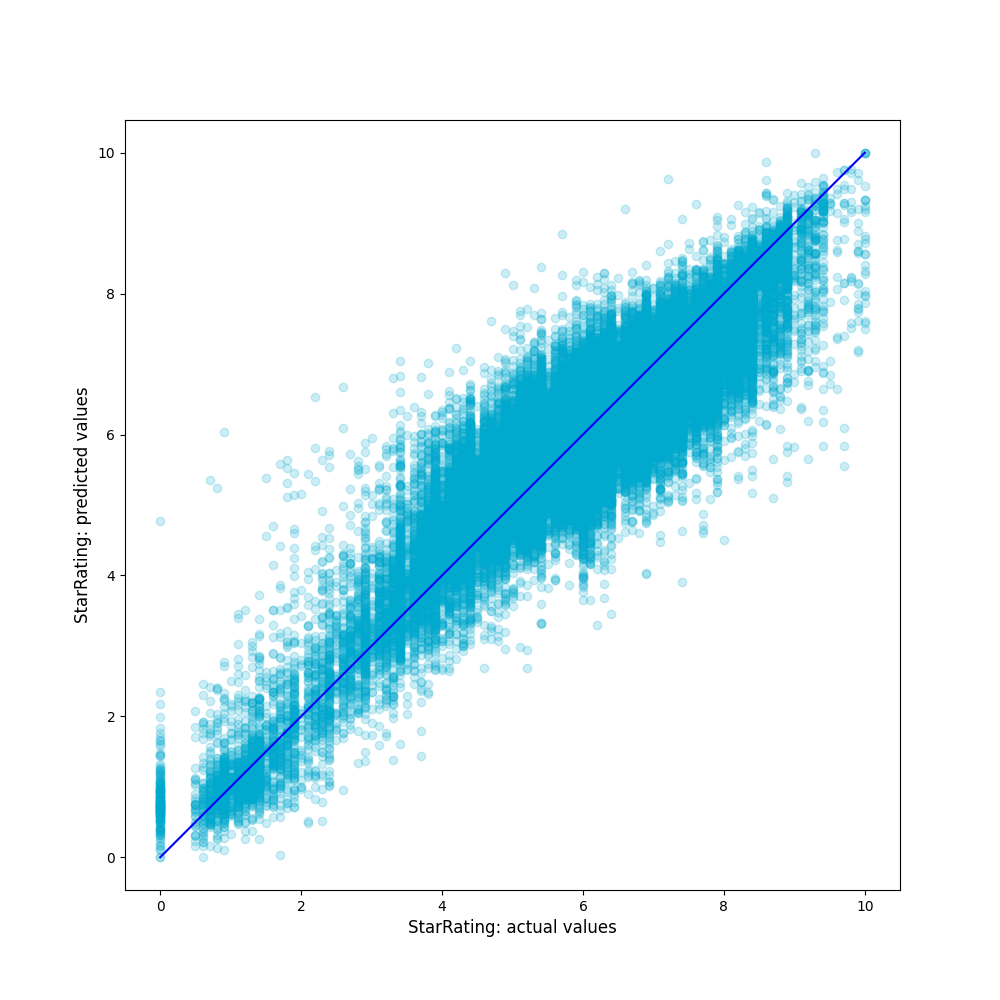RapidRateTM is a tool developed by CSIRO, using Artificial Intelligence techniques, that can quickly estimate the energy efficiency of a dwelling using a relatively small number of inputs.
RapidRateTM Thermal assesses the thermal shell of a dwelling and generates an estimated Star Rating, heating energy, and cooling energy. Inputs include: postcode, dwelling type (house or apartment); floor area; external wall area by orientation; window area by orientation (including area double glazed); and main wall, floor, and roof materials (including insulation).
RapidRateTM Whole of Home, in addition to the thermal outputs, estimates energy consumption (for heating, cooling, hot water, lights, cooking, plug in appliances, and pools), solar energy generation, and carbon emissions. Additional inputs include major appliance types.
Whilst RapidRateTM attempts to align with the Nationwide House Energy Rating Scheme (NatHERS), RapidRateTM is not an official NatHERS accredited tool. Outputs cannot be directly compared as underlying assumptions and calculations are not identical.
Find out more about the AI model that sits behind RapidRateTM Thermal here.
Find out how well your home rates by using the RapidRateTM Thermal Calculator or the RapidRateTM Whole of Home Calculator.
An Application Programming Interface (API) enables connection of RapidRateTM to any user interface or application. The RapidRateTM API can be used to assess large numbers of dwellings at a time, with inputs submitted via a csv file.
RapidRateTM background
RapidRateTM model accuracy
RapidRateTM development commenced in 2020 and has been an iterative process. RapidRateTM will continue to grow and evolve over time. The accuracy of the RapidRateTM model is influenced by several factors including the training data used, and the machine learning techniques used.
The current training data comes from the CSIRO NatHERS certificate database. This contains data for Australian dwellings built since June 2016. This means that the RapidRateTM model may not yet be fully representative of all Australian housing.
Some of the training data is used to train the model, and some is used to evaluate the model. Evaluation results reflect the ability of RapidRateTM to rate dwellings represented by the training data.
There are two ways in which the accuracy of the RapidRateTM model is described.
1. Prediction interval gives an idea of accuracy at an individual dwelling level
When a rating for an individual dwelling is conducted, point estimates for star rating, heating energy, and cooling energy are returned. In addition to this, prediction intervals for each measure are returned. For example, a dwelling may rate at 3.4 stars with 90% confidence that the value is between 2.9 and 3.9 stars.
2. Accuracy measures give an idea of accuracy of the model overall
A variety of measures are used to assess the accuracy of the RapidRateTM model.
Fig. 1 shows predicted star ratings against actual star ratings using the evaluation training data.
RapidRate model summary measures:
- R2 (test): 0.80
- Root Mean Square Error (test): 0.46 stars
- Mean Absolute Error (test): 0.31 stars
- Median Absolute Error (test): 0.2 stars

The accuracy of the RapidRateTM model varies for different sub-segments of dwellings. This is generally due to the amount of training data available. Further analysis of the accuracy of the RapidRateTM model is available here.
Working with Cotality
CSIRO has licensed the use of RapidRate to Cotality (previously known as CoreLogic) – a national company with over 40 years’ worth of property data. By combining Cotality data with CSIRO’s RapidRate, an estimate of the energy performance of existing Australian homes can be generated. Cotality acts as the distributor for the commercial use of RapidRate.
